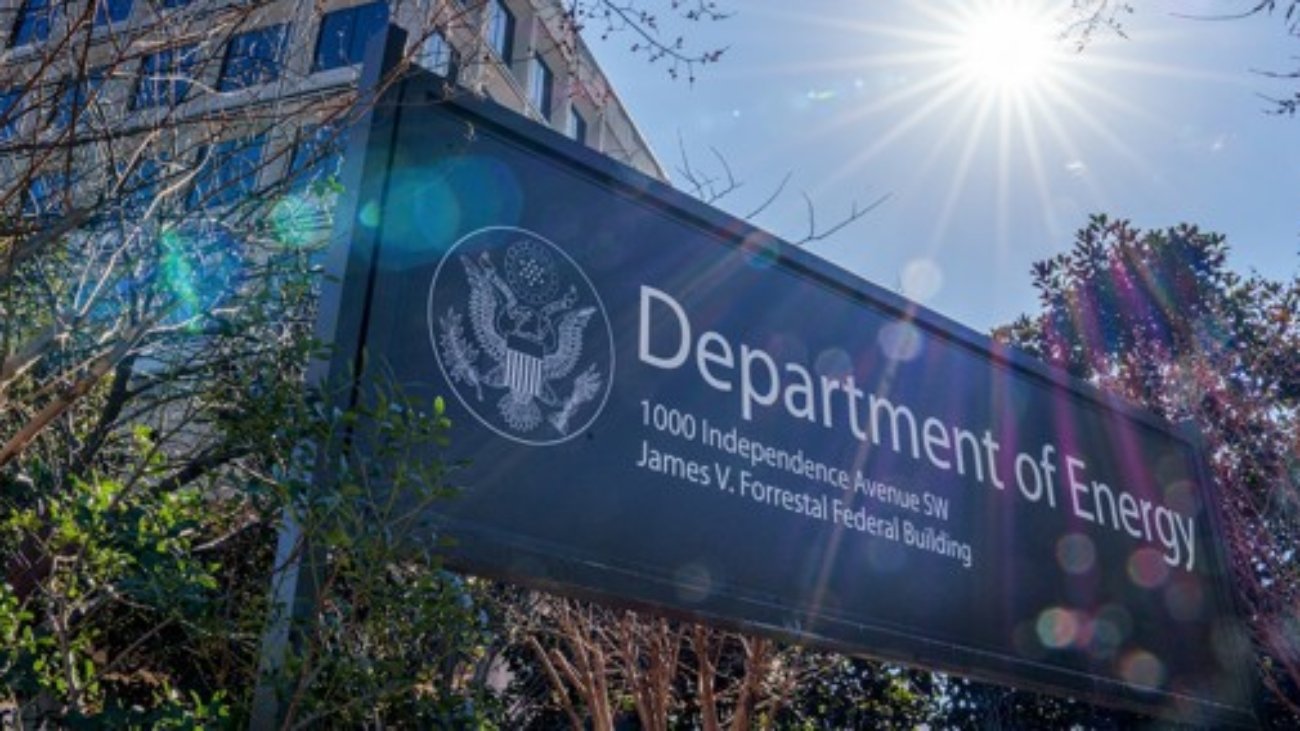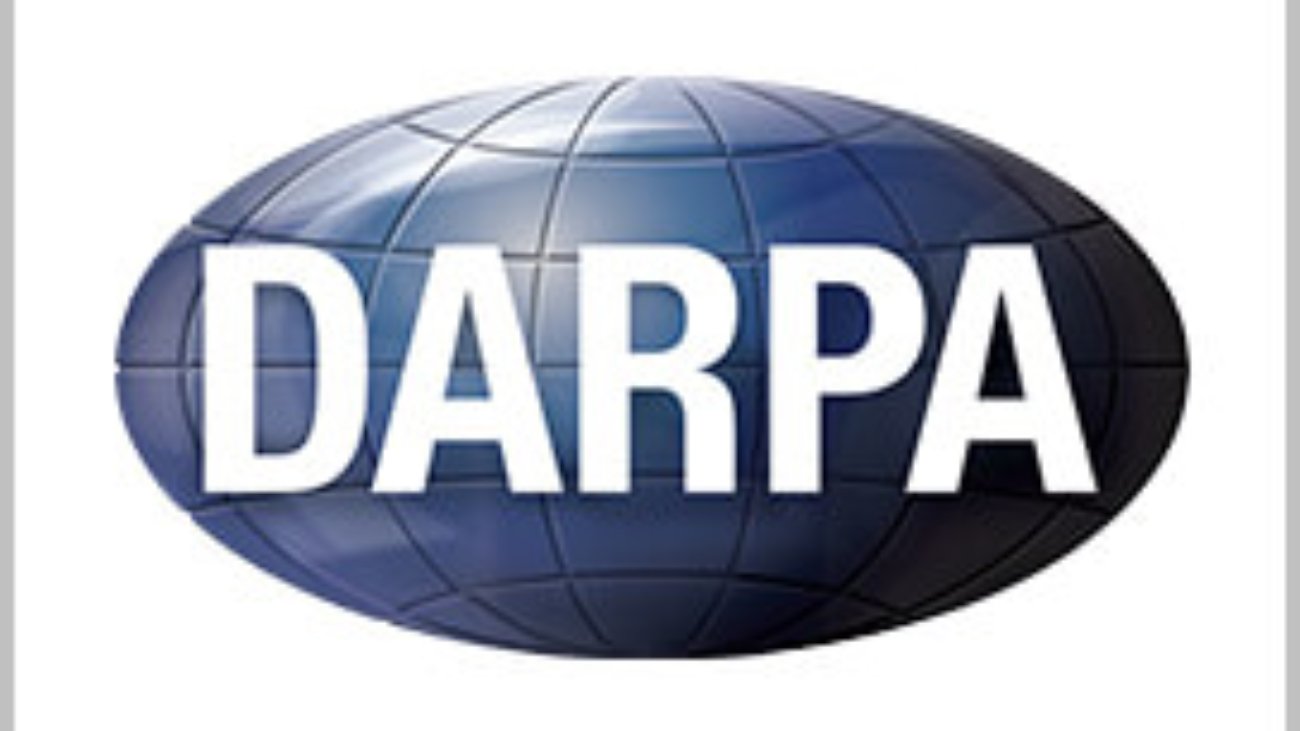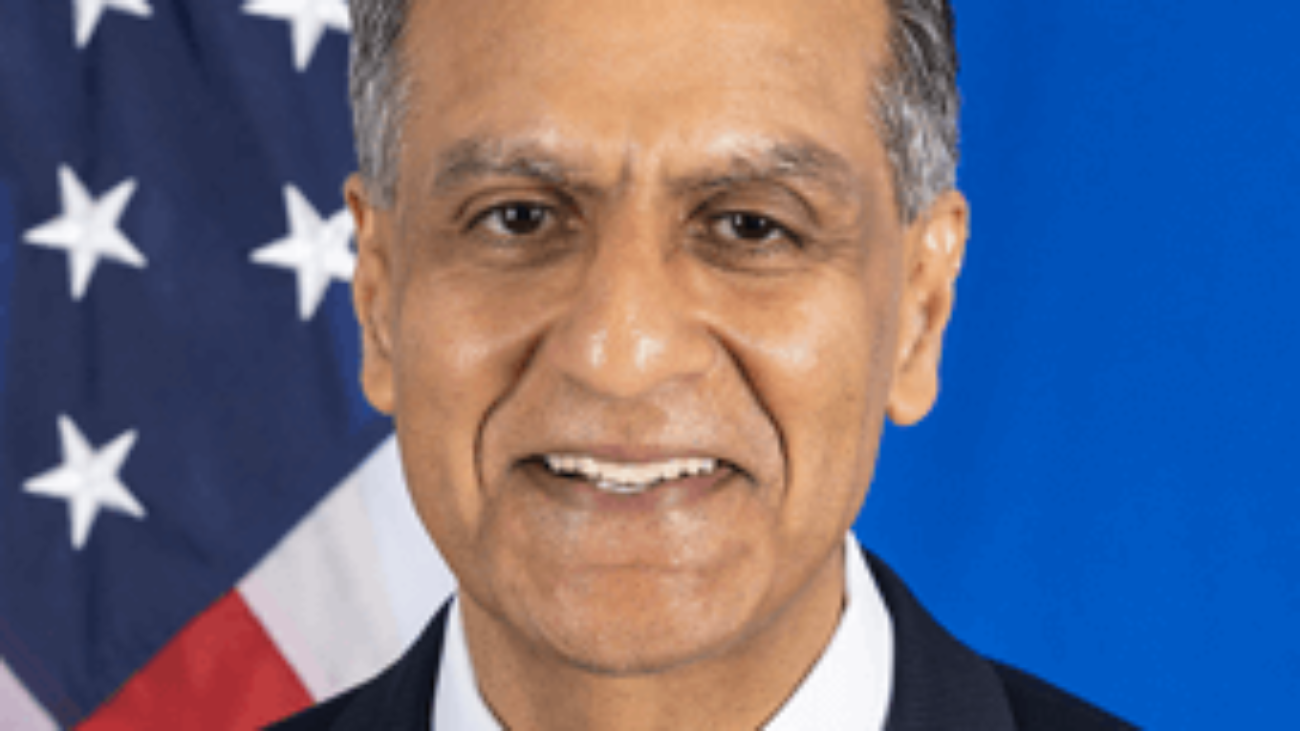Space technology company Umbra has recently launched a new business line aiming to deliver high-resolution Synthetic Aperture Radar (SAR) satellites. Through the mechanisms of how the company is structured, it’s been able to bring down the cost of those satellites. To explain more about how they do that, Jason Mallare, vice president of Umbra, joined the Space Hour.
Interview transcript:
Jason Mallare Umbra was founded in 2015. We created the business primarily focused on democratizing access to to space-based remote sensing, focusing primarily on synthetic aperture, radar imaging, SAR imaging. The black and white, sometimes colorized, but primarily black and white imagery where we use irradiated RF emissions and then detect it much like a traditional radar does. But we take all those pulses over time as the satellite orbits and create a integrated picture scene of the ground that sees through whether it can operate at night through clouds, etc. And the basic premise was if you build highly affordable, highly capable systems, you’ll kind of break through the logjam in the market. And the term we use is unit economics. So if the unit economics of the of the satellites, the launch was already solved for us by companies like Rocket Lab and Space X, And so it really came down to the individual cost of the satellites. And if you get them low enough, then you could sell each individual product, whether it be an individual image or a subscription or a time, you know, reservation on the satellite, whatever it may be. And you could drop that price to the point where it starts to unlock the use cases and unlock the accessibility of it by verticals, environmental, oil and gas, defense, etc. So we did that and we launched our first satellite in 2021 and commercialized about a year later, 2022. Today we’ve launched ten total satellites, operating a constellation of six satellites today, as the satellites have gone through their various phases of their lifecycle. And they’re, you know, effectively or I guess technically microsats. By weight, they’re about 100 kilograms, but they deploy a very large, high compaction ratio. So, small in stow, but large when deployed. Antenna to about four meters, about 12 feet across. So very capable, very affordable, low cost systems. And, you know, we came through on the promise of the most affordable remote sensing systems. What we’re finding is that even with highly affordable systems and highly affordable data, that the market is still very, very dominated by defense and intel needs. The predominance of the buying power, the predominance of the focus, the predominance of the technology continues to focus and be pooled in that vertical effectively across the globe. And further, what we found is that when you really look at budgets and you look at kind of how the D&I, defense and intel across the globe is made up, the U.S. leads that by factors, by large factors in terms of numbers of systems and primarily dollars spent. And so, you know, we launched the commercial business. We are doing business with the U.S. government. We’re doing business with some other friendly nations selling some cuts, affectionately call it sling in pixels, you know, provide our data as a service to these to these countries. But we started to perceive a bit of a ceiling bill, a bit of a cap of of how we’d really be able to take that affordable and resilient technology and deploy it if we were only providing the services. And so Mission Solutions is our kind of response to that. And we said, well, if for policy reasons or security reasons or resilience reasons or ConOps concerns, you’re not able or not interested in procuring the pixels, we can make our technology available to you both domestically and abroad to provide, you know, take that technology very, very affordable, highly performant, very flexible, very resilient and integrated into your arsenal, whether it be a domestic U.S. or U.S.’s allies. And so that’s that’s what we’re focused on now.
Eric White I cover, obviously, a lot of space tech companies like yourself. And I have to say that this was the first time I saw a major selling point being the affordability of a small sat or a SAR satellite. Number one, what is it about cutting costs on the production of these satellites? How do you go about that? And was it just newer techniques or new kinds of technology? And second off, was this in response to a need that you heard from potential customers or ongoing customers about how, hey, you know, we’d really like to do more with this, but it’s just these things are so darn expensive?
Jason Mallare Yeah, I think on the first two things, one is vertical integration. So controlling all of the costs. Bring in as much as you can in-house so that you’re not beholden to other businesses. You know, their business model, their profit margins, their market demand, their volume, their scene, etc. And then also you can really cut out all the things you don’t need. Don’t buy a box that can do seven things when you only need it to do one thing, kind of thing. And so that’s been a big part of it, especially for us. That’s really been the payload. We’ve really focused to start on vertically integrate on the payload, which we’ve effectively done. And then we’re expanding that to the bus, the rest of the platform. And I think the second thing is the commercial model, the freedom that you have, as is what we call a commercial entity, meaning private equity, private wealth, private funds deployed in a way that effectively that we, you know, we see as best and cutting out anything that we feel like is codification of old lessons learned, old mistakes that are no longer relevant. And often what you see in these larger, I’ll call them acquisitions or procurements, when large governments or large companies, there’s a sense of risk aversion. And the way that they handle that risk aversion is by all means, look at all the mistakes we made over the last 50 years and let’s make sure that we address, you know, 80 to 100% of those risks when many of them may be irrelevant to what you’re doing and or the risk is actually so low that you spend way more money than the risk merited in the first place. And so when you when you can take a commercial approach to it and you say, well, here’s what we’re going to focus on, we’re going to move quickly, we’re going to launch fast, we’re going to launch, we’re going to fail if we need to, learn from that failure and then relaunch again. That’s way you get a lot of that cost out. And then on the second part, I think I guess also two responses in terms of like the why affordability and what what drove us to that hypothesis. And I think one, you know, looking at just the what we perceived to be the logjam in the in the industry and saying this technology is not beyond us as the U.S., us in kind of commercial industry, technology, industry, you don’t need the world’s largest governments to deploy this technology, given the ubiquity of componentry, both, you know, commercial off the shelf, maybe automotive, things like that. But then also the even ubiquity of space-specific hardware and the affordability, etc. And so the realization that it doesn’t have to be that expensive and perhaps it being so expensive is perhaps why the adoption has been slow. You’ve got companies that have formed, they’re doing analytics for these verticals, but they’re really not using SAR or remote sensing as much as maybe we think they could and is that it’s not affordable. You know, we’ve got a hypothesis that the data going into a value add service needs to be 10% or less of that service. And so you think about, well, what is the cost of that service that is applied to that vertical? And what does that total market? Okay, now depreciate it quite a bit. Do you rate it down to just that 10%, let’s say? And that kind of was one perspective. The other perspective, which is I guess a little ironic or circular, but it is in fact what’s driven some of our decision making is following carefully what a lot of the countries, the U.S. being the lead, but other countries are doing in terms of art being proliferation and seeing how they’re driving their architectures and what in actuality that expansion of their count of systems and therefore their capacity is. And when you look at that and you say, okay, China’s got 300 semis harbored up there, Japan’s planning some number of systems. The U.S. has some number of systems. And you you do your analysis on, okay, how many systems do they have? What is the capacity of those systems? How many images can they produce per day? What do we think they’re spending on that? And then you do that, you do that analysis, say oh, well, then amortize it out to a price per image or kind of a depreciated price to the taxpayer or to whomever of X, well, that’s pretty darn low. And that number, when we did that math was quite a bit below the commercial market was bearing from the providers of the day, you know, back when we were starting the business. So we said, okay, so there’s a problem there. If we’re really going to do this commercially, it truly does need to fulfill the promise of being affordable. And if these larger and, you know, equities, governments, large businesses, whatever are figured out how to do it at that price point, well then that sets the price point. And we need to work hard to get to that point and below.
Eric White How important, as the increase in space traffic comes when it comes to LEO satellites, you talk about these satellites being able to do more with taking up less real estate and less numbers, being able to cover a lot bigger of an area. Is that sort of the trend in what we’re going to see from your company and the industry as a whole? Are people going to demand more from these satellites and also that price just keep on getting lower? Can it go any lower?
Jason Mallare It definitely can go lower. I do think that as it becomes a mature market, I do think that it will start to become more of a market of margins. And so we’ll have to be very, very careful about protection and affordability. Companies like Max SAR have set up a precedent that yes, it has to be affordable but not at the cost of performance. And so, you know, they set their models with their world class world views, just for example, and they said, listen, relatively few are highly capable systems is in fact a very, very economical approach to things. And so that anchors you on one side. Certainly you get to the point where you can only have so much coverage. You can only see limb to limb, if you can even. And these satellites are all things considered. The earth is 6,000 or 12,000 kilometers across, and you’re even 1,000 kilometers above it. If you think about that, relatively, you’re still right at the effectively the surface of the earth. And so your ability to see big swaths of the earth is always new, pretty limited. And then there’s, you know, the tyranny of power, loss over space. And as you go farther away, the more the photons get weaker, the electron waves get weaker, systems get bigger and bigger and bigger. And so that kind of defeats itself. And so as you look at that balance, you try to balance that across all those different parts of the of the trade optimally performing systems that are still, you know, low on the affordability or high in the affordability column, but not so many systems that it becomes unmanageable and to your point, creates a mess in LEO. I believe, and what you’ll see from Umbra is, yes, it’s going to be more than one or two systems, but it’s not going to be thousands. I think as sort of the technology, the trades evolve around that, I do think it’s possible we’ll see a manageable number of at least speaking from an ISR perspective, a manageable number of ISR systems. That with appropriate space based traffic management, with appropriate norms and kind of thoughtful approaches to how we put them in space, how we control them, how we are prepared to de-orbit them, how we cooperate with each other, no accidental collisions, things like that. I think it can be, I think it can work out just fine. But I think that kind of gravity to ever decreasing prices and affordability is going to be is going to be something we’re all going to wrestle with for time. You know, I’ll go back to the realization or understanding that a lot of the demand is D&I, defense and intel across the globe and taking just the U.S., which is what we studied the most and looking at fairly flat budgets and a lot of inflation and which are effectively mean shrinking budgets. And —And so from that perspective, that piece of story of how we’re going to have to continue to innovate more performance, lower cost.
Eric White And I just wanted to get an update on the current status of these new SAR satellites. Where do they stand and what do you all have coming down the pipeline?
Jason Mallare Well, we just launched satellites nine and ten for, you know, we refer to them as nine and ten, into our constellation. They went up on the most recent transporter launch, which is a Space X rideshare platform. So us and hundreds of our closest friends and competamates go up into a effectively a sun sync orbit, a polar orbit, and we have first flight and we actually are operating those those systems for our customers already. And so they join the constellation. The team worked tirelessly over the weekend and a couple of weekends ago. And they are raring to go. And right now, how we build out the constellation, we call it on demand. When we first started, you know, we really had a vision where you factor a license and still license for a very, very large constellation, you know, many dozens of spacecraft, as we’ve sort of looked at what the demand is and all the things I sort of said previously about the consolidation of the demand, etc., we’ll probably end up in the two to four spacecraft per year build rate and that’s what we’ll deploy. We’re currently machined or outfitted to to operate around 12 systems per year. We’ll be announcing later this year and into next year the expansion of that capacity. And so we will be able to to increase that that capacity quite substantially in terms of number of systems we can build per year for customers as well as number of system that we can deploy into our own commercial constellation based on demand effectively. In addition, will be unveiling our next generation platforms in the in the months to come. That will really be kind of our workhorse for our mission solutions, which will be, you know, larger systems, more capability, resilient, more, more resilience. More affordability. More flexibility, and that will be both the space and ground parts of the architecture. And yeah, and we’ll be announcing additional partnerships that we have across the globe. And to include here at home with with a lot of U.S. government customers as well as our partners in the U.S.
Eric White That’s Jason Mallare, vice president of the space technology company Umbra.
Copyright © 2024 Federal News Network. All rights reserved. This website is not intended for users located within the European Economic Area.













